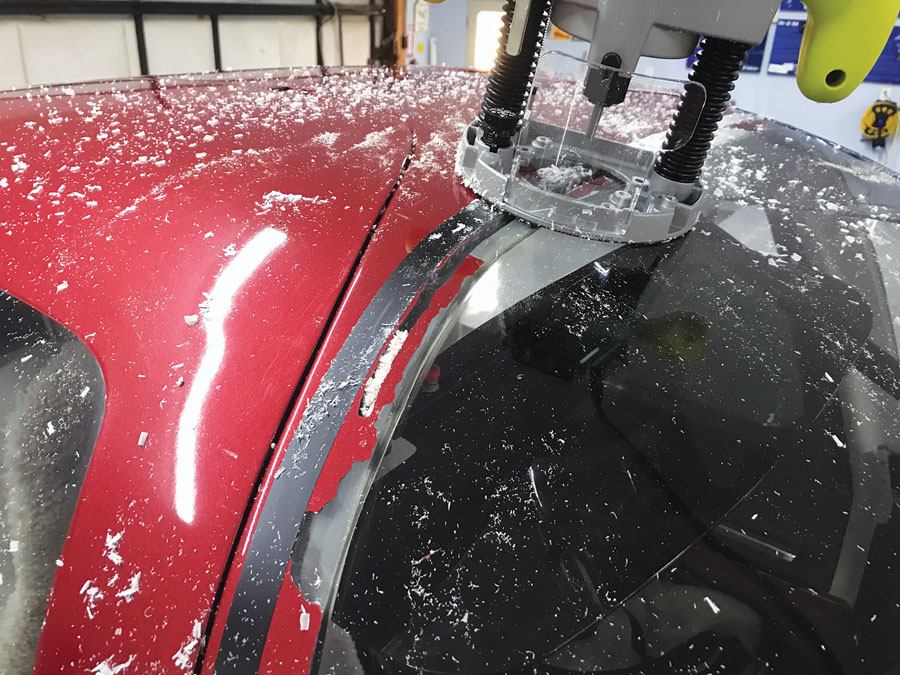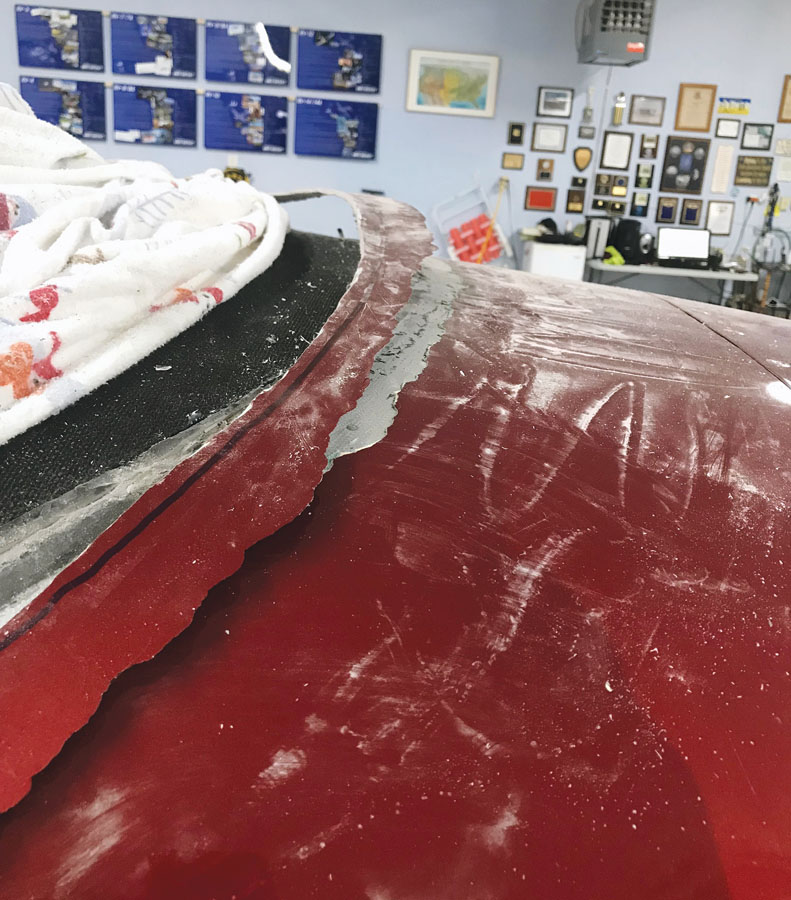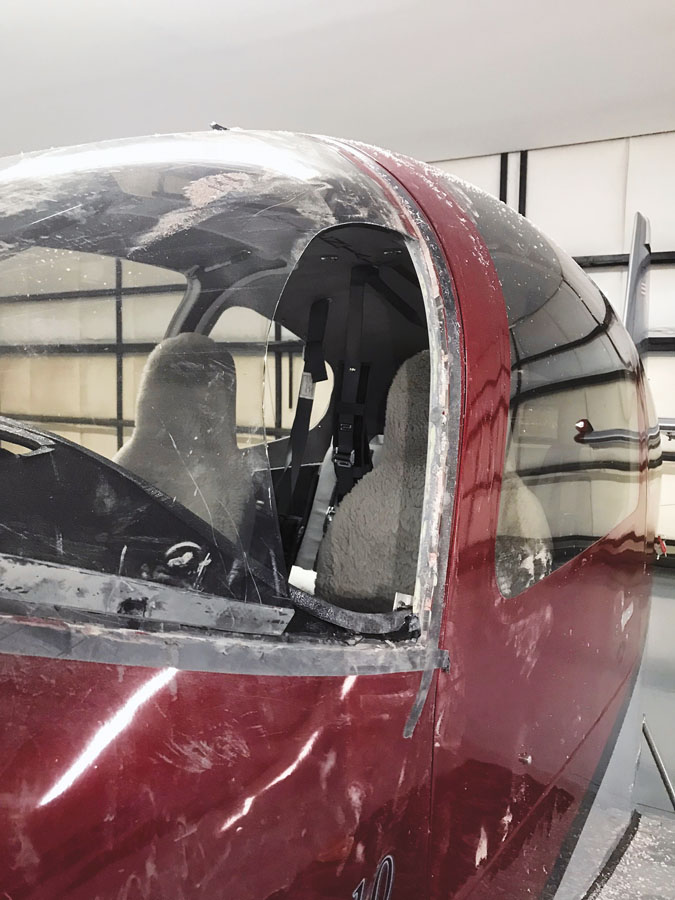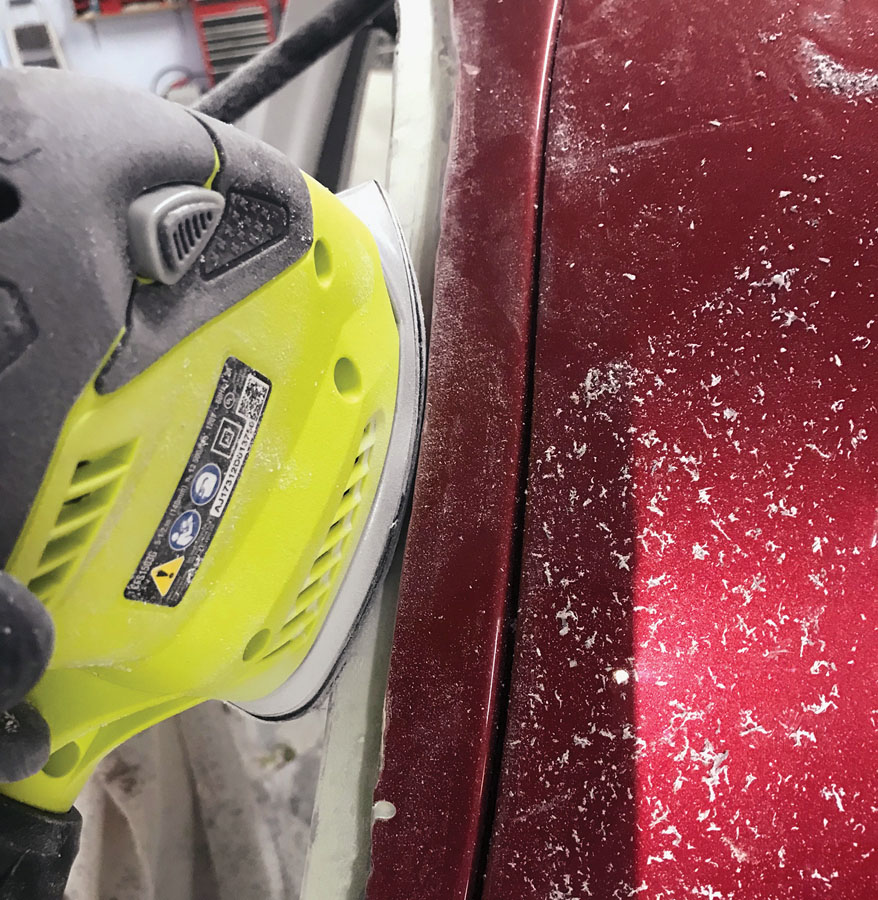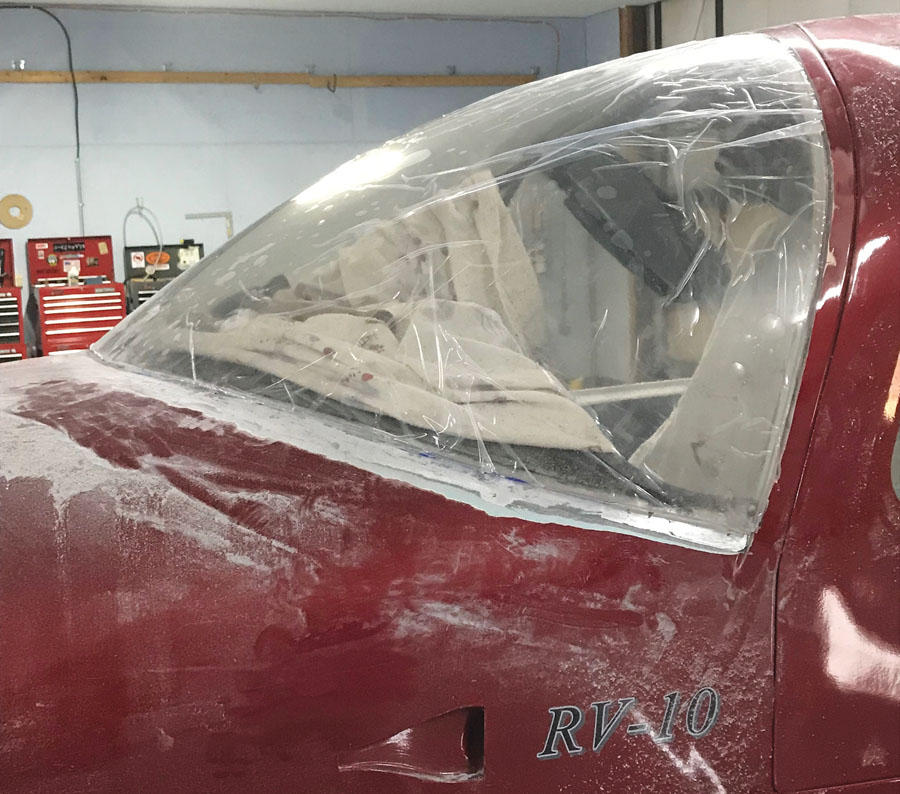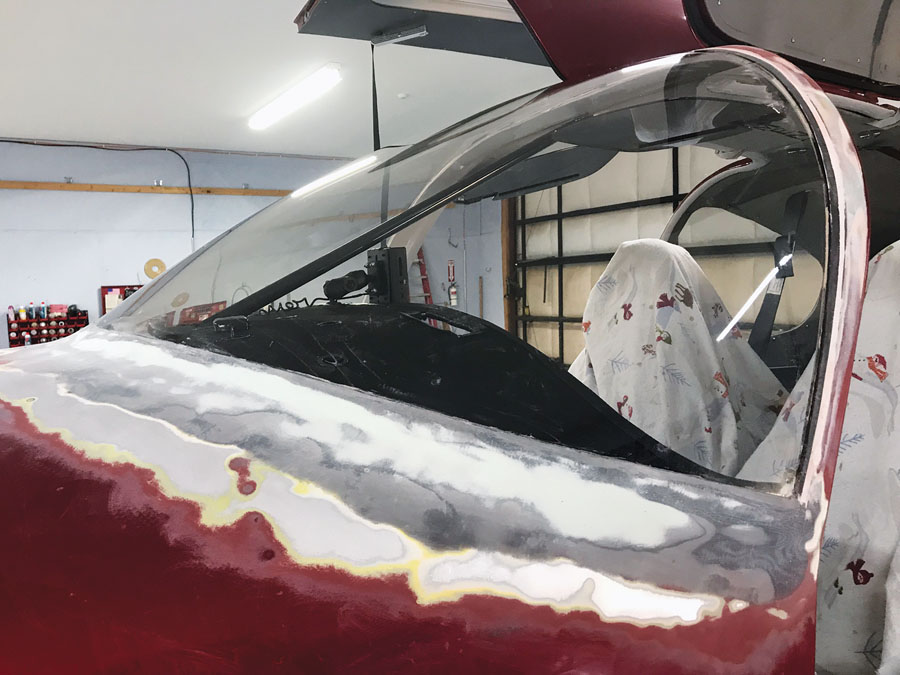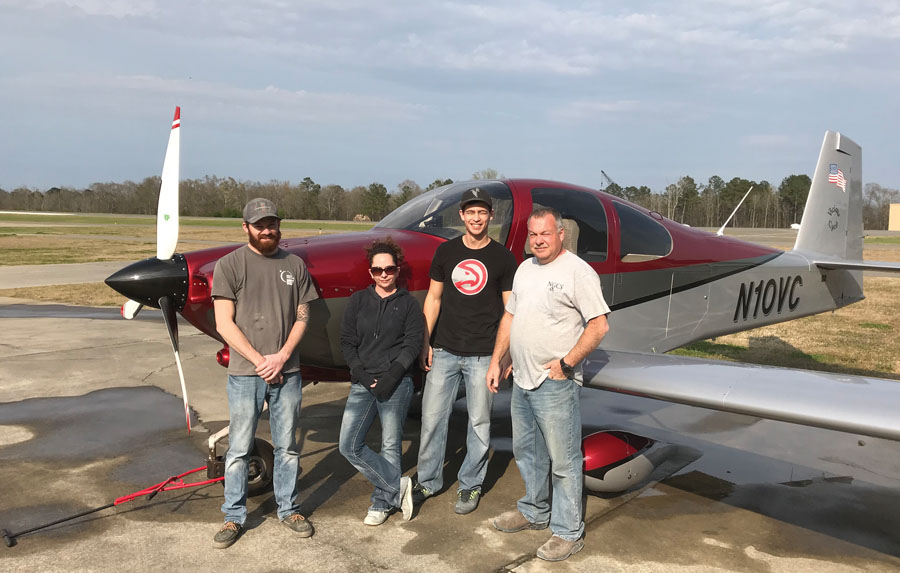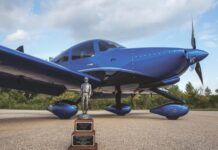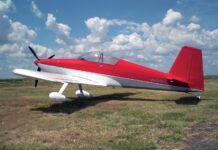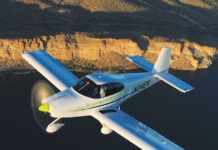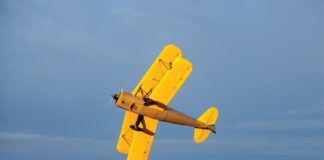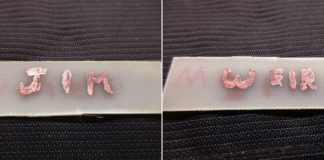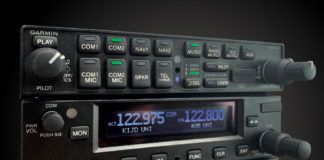At the beginning of 2018 I set a couple of goals for myself, and I am happy to say that I have accomplished both of them during the first quarter. One was to get my Inspection Authorization for my A&P certificate, and I completed that one by attending the IA initial course at the Baker School of Aeronautics in Lebanon, Tennessee. The other was to replace the windshield in the RV-10, due to crazing that only seemed to be getting worse. It was definitely affecting the fun factor when looking out the front on sunny days. Let’s start with the IA accomplishment.
Back to School
I’ve always had a hard time sitting through all-day classes. It’s not in my DNA to sit still for very long, but it’s also why I needed to attend the class. Since I primarily work on experimental aircraft, I really only need the A&P Certificate. But I also own a Stearman, and the local designated mechanic examiner has been pushing me for the last five years to get my IA, so I can perform the annual inspection myself. Actually, I really like having someone else look over my airplanes every once in a while, but it started to sound like an excuse every year to him. So, I purchased the study guides and made multiple valiant efforts over the last few years to sit down and prepare for the test. Unfortunately, studying for something as complicated as the IA test takes some concentrated time. Since I wasn’t doing anything with my hands while I was studying, it felt like I wasn’t doing anything, and I’m not good at that.
Making the first cut with the router is the hardest, and it’s not like I had lots of experience with routers. Following the intended line took lots of concentration, with debris flying everywhere.
Plus, the subject matter for the IA test is very intense and detailed, covers a very large breadth, and I understand why. There is a great deal of responsibility to be shouldered for signing off someone’s airplane. It’s not a whole lot different than signing off an aircraft in the A-B world that I work in, but the difference is that I am focused solely on A-B aircraft. I understand them and know where to go for service bulletins and manufacturer’s updates. The knowledge required for the IA covers pretty much everything in the certified aircraft world, including helicopters and Part 121, areas that I will probably never cross. So, after several failed attempts at IA prep on my own, I realized I was not making good forward progress.
After reviewing all of the online and available schools, as well as listening to others who had attended the Baker School and given it high marks, I decided that would be the best course of action for me. While I don’t intend to review the course here, suffice it to say that I had no problem staying focused during the four-day program. The lectures were well done and extremely fast paced, which made the days go by quite enjoyably. Every night there were lots of studying and written exercises, but by the end of the week, I felt very prepared, perhaps even over-prepared for the test.
In my whole history of taking all of the written FAA tests for every certificate and rating I hold, I had usually achieved a score of 88 or better. In the five practice tests during the day before the actual IA written test, I had accomplished the same. Lo and behold, I achieved an 88 on the IA test as well! In reviewing the ones I missed, I realized that if I had slowed down and taken the time to thoroughly read the question, I would have chosen a different answer, as I knew the right answer. I must admit that by the end of the week, I was ready to finish. One accomplishment done!
I had flown the RV-10 to the Baker School as it was an hour-and-20-minute flight versus a 5-hour drive, and the weather cooperated on both ends. On the way home, I was reminded by Carol that the windshield was now at the top of the list. So, the very next week, I decided to get started on it, as my schedule appeared to have some open time.
I used a cutoff wheel on the front part of the windshield to cut through the fiberglass layers. Eye protection is a must when using the router and the cutoff wheel!
Windshield Replacement
Want to know what the hardest part of replacing the windshield was? For me it came in two stages. The first was working up the courage to make the first cut on the aircraft that we had built and painted. The second was actually making the cut, as I knew that once I started, there would be no going back. It would ground the airplane for at least a week, and that was without repainting it. I confirmed that I had a date with a paint shop, and now that I had that date, I knew I had to get going. After all, I didn’t want to be flying around in a “beater.”
I knew I wasn’t the first person to have to replace the windshield, and I don’t know why it bothered me so much since I had to install it in the first place. I scoured the internet for other people’s experiences, which basically told me what I already knew: Be careful tearing it out, and then just reinstall another one.
Once the cut was made on the forward part of the fuselage, I was able to break the bond between it and the fuselage.
I’ve included some pictures, so you can see the process. Basically, I marked some lines with black electrical tape and then proceeded to make a cut with a router I picked up at a Home Depot. I always wanted a router, and this was an excuse to get one, even though I’ve only needed one about twice in the last 10 years. What a mess a router makes! One has to go slow to follow a straight line across a curved surface such as at the top of the windshield. Otherwise, it seems to have a mind of its own and runs afoul of the intended cut faster than you can blink. Speaking of which, safety glasses are a must, as dust and debris are flying everywhere. Frequent stops to dust off the surface and make the line visible again are also par for the course.
The router only worked across the top of the windshield. For the lower cut I used a combination of cutoff disks and sanding drums to remove the layers of fiberglass that blended the windshield into the fuselage. It was a very slow and tedious process of chipping the pieces out a little bit at a time once the circumferential cuts were made. I had installed it originally with the recommended Weld-On glue, and the bonds from the Weld-On were very strong. I needed to be careful to not damage the underlying fiberglass support.
The windshield proceeded to come out in pieces. I worked very slowly so as to not damage the underlying fiberglass support structure.
Once all of the glass was out, it took quite a while to prep the new surface, removing all of the old Weld-On and Plexiglas in order to have a smooth surface on which to bond the new windshield. I had ordered the replacement windshield from Cee Bailey’s (www.ceebaileys.com), as they advertised it as already cut to shape and ready to install. It wasn’t quite perfect, but it did save me a bundle of time compared to the initial installation.
Once all of the glass was out, I carefully sanded a nice flat bonding surface all the way around the perimeter, cleaned it very well, and primed it and the Plexiglas with Sikaflex primer and activator.
I used Sikaflex this time. I had used it on a couple of other canopies, and I really liked the extra working time and less mess as compared to the Weld-On. The next step was to blend the forward fuselage into the windshield, which was done by sequentially laying up many layers of varying widths of fiberglass. I really hate that part, but the directions from Van’s give very detailed directions on the various widths and lengths needed, and it all worked out fine again. I did remember to add the black dye to the fiberglass resin so it looks good from inside the cabin.
The new windshield from Cee Bailey was almost a perfect fit, just requiring some minor trimming. It was much easier than the initial installation.
Repainting
After the fiberglass had dried overnight, I spent the next three days sanding and filling, trying to make a nice aerodynamic blend into the windshield. It’s more of an art than a science, and frustrating at times for me, but it turned out very nice, although I think the paint shop may have finessed it a little, too.
Speaking of the paint, Carol wouldn’t let me repaint it this time. After two bouts of cancer, we decided that my body has probably had enough of the chemicals from polyurethanes. So, I asked Don Smith Refinishing in Cartersville, Georgia, to do it, and he and his team did a wonderful job. They even added a new stripe to the airplane, so it has a different look to it now. Carol is really happy with the new windshield (I have to admit it was she who gave me the ultimatum to replace it), and the view out the front is admittedly much better.
Here it is, all bonded in and blended over the course of multiple days. I thought it looked pretty good, but I think the paint team may have improved upon it, as the final painted product looked fantastic!
Looking back, it wasn’t much more difficult than installing it the first time, except this time I was working on a completely finished and painted airplane, so I needed to be careful to not damage other areas. Canopies seem to be the most intense part of an aircraft-building project, as you are working with big unwieldy pieces, and a few missteps like scratches or smeared glue can make a difference in the finished piece. I was lucky this time, with no missteps, and I am very pleased with the final outcome, especially since it is the first time I let anyone else apply paint to one of my airplanes.
Here is Don Smith and his paint team. It’s the first time I haven’t painted one of my airplanes myself, and it turned out really great. From left to right: Chevy Smith, Jamie Yates, Christian Murray, and Don Smith.
Since I don’t relish replacing another windshield, we are very curious as to what caused the crazing in the first place. It’s not like there was an immediate smoking gun. The crazing started out small in just one area, and over the course of a year or more, it propagated throughout the whole windshield. The manufacturer believes it was caused by using the foil-type silver sunscreens inside the cockpit. It’s interesting that another RV-10 close to us has the same crazing occurring, yet he has never used the interior sunscreens. Others think it could be a manufacturing defect in the windshield from cooling too rapidly during shaping, or even caused by the glue. It seems there are lots of opinions, but no real answers. Hopefully, we will just have better luck with this one.
While the overall project wasn’t necessarily fun, it is a lot more fun now looking out a super-clear windshield while flying.

